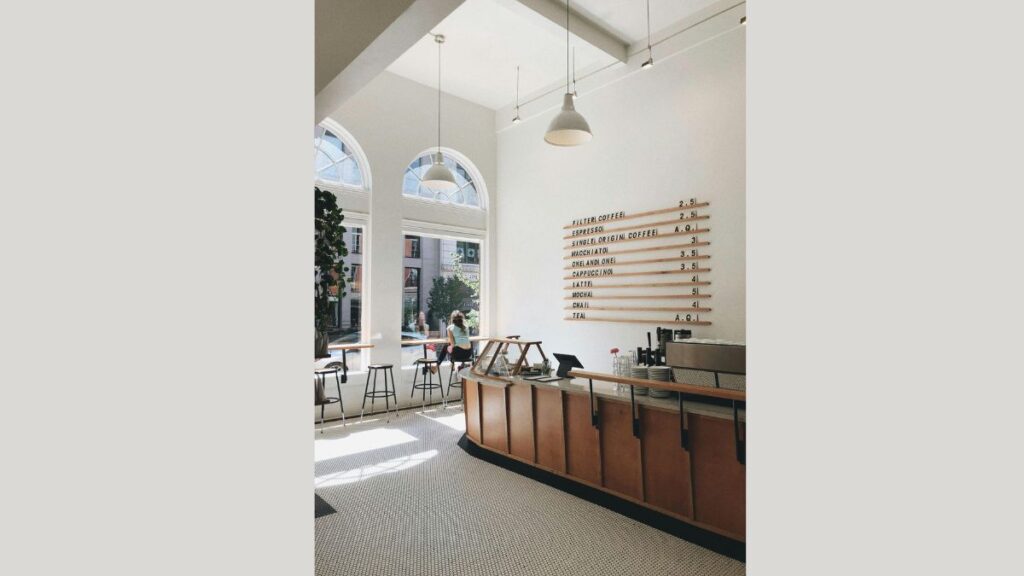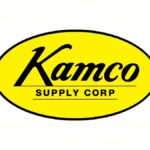Many First-Time Café Owners Wish underestimate how demanding the daily grind can be compared to their initial dream.
Sourcing reliable products from local vendors is often more challenging than expected and requires early networking.
New café owners frequently overlook ongoing operating costs and underestimate the time it takes to reach profitability.
Marketing and staff management are not secondary tasks—they’re crucial components of long-term success.
Opening a café sounds like a dream, right? You imagine the smell of fresh coffee, your favorite playlist humming in the background, and a steady stream of happy regulars who call your place their second home. It’s cozy. It’s creative. It’s yours. But if you talk to people who’ve done it, you’ll quickly realize there’s a side to café ownership that doesn’t make it onto the vision board.
No one tells you how much happens behind the scenes—before the first espresso is poured. From supplier slip-ups to surprise expenses, there are plenty of “I wish someone had warned me” moments. In this post, we’re unpacking those lessons straight from the mouths of First-Time Café Owners Wish. Whether you’re still dreaming or knee-deep in planning, this insight could save you from a few classic facepalms.
The Romantic Vision vs. Daily Reality
Most first-time café owners start with a dreamy image in mind: latte art competitions, regulars who know you by name, and a workday that feels more like play than grind. That image gets you through the boring bits like paperwork and health permits—but the reality hits differently once you’re on the floor at 5:30 a.m., elbows deep in prep before sunrise.
There’s no sugarcoating it: café life is relentless. The workdays are long, weekends disappear, and your roles multiply fast. One minute you’re the barista, the next you’re calling a plumber, replying to customer reviews, or reconciling your inventory spreadsheet. The dream doesn’t die—but it evolves.
Many café owners wish they’d known that the business isn’t built on ambiance alone. It’s built on systems—systems for training staff, managing inventory, rotating the pastry case, and keeping your POS software from glitching during a rush. That behind-the-scenes structure is the backbone of what looks like effortless hospitality from the outside.
Navigating the Maze of Sourcing and Suppliers
This is a big one. You might assume you can just Google your way to great croissants and fresh bagels. But finding reliable vendors—especially for baked goods—is a surprisingly complex process. New café owners are often blindsided by the time it takes to test, negotiate, and lock in relationships with producers who deliver what they promise.
Quality and consistency matter more than most people realize. That incredible almond croissant might taste amazing one week and arrive underbaked the next, just in time for your weekend rush. And the vendors who offer the best prices sometimes fall short regarding customer service or delivery reliability.
Many first-timers reflect on how much smoother their launch could have been if they’d spent more time scouting out cafe suppliers with a solid reputation. Tapping into local networks—whether through other café owners, food business Facebook groups, or community markets—can make all the difference. Don’t wait until you’re out of muffins at 9 a.m. on a Saturday to realize you need a Plan B for sourcing.
Budgeting Beyond the Basics
When it comes to money, most First-Time Café Owners Wish do their best to plan. They price out the espresso machine, tally up construction costs, and maybe even throw in a buffer for surprise plumbing issues. But what often gets missed? The everyday, month-after-month reality of staying afloat once the doors are open.
One of the most common regrets is underestimating how long it takes to break even, let alone turn a profit. Rent, utilities, insurance, and payroll add up fast. Add in pest control, menu printing, and deep-cleaning services, and suddenly, your “pretty comfortable” budget feels painfully tight.
Many new owners admit they planned obsessively for the buildout but left themselves too thin for the slow months afterwards. And slow months will come. There’s often a post-launch lull after the initial buzz, followed by seasonal dips you didn’t account for—like the dead zone in January after holiday spending dries up.
The takeaway? Your startup budget isn’t just about getting the café open. It’s about keeping it running with breathing room. Several seasoned owners suggest that six to twelve months of working capital is insufficient to get to opening day. That cushion can be the difference between making it through the first year or shutting the doors early.
Marketing Is Not Optional
You’ve got the vibe. The food is on point. The coffee’s dialed in. Now you wait for the people to come… and sometimes, they don’t. One of the most eye-opening lessons for new café owners is that a great product alone isn’t enough. You must market it—loudly, consistently, and before you even open.
It’s a myth that a cozy space and killer cappuccino will automatically generate buzz. Word-of-mouth can be powerful, but it takes time to build. Meanwhile, every empty table is money left on the floor. That’s why experienced owners now recommend treating marketing as part of your core operations, not a side hustle you get around to eventually.
Social media, local SEO, and community outreach aren’t just nice-to-haves—they’re lifelines. Instagram, in particular, plays a massive role in the café scene. A beautifully styled flat white or a quirky pastry can go further than a newspaper ad ever could. And don’t underestimate the power of a soft opening event, loyalty punch cards, or partnerships with other local businesses to get foot traffic going.
Many new café owners also say they regret waiting until after they launched to build their online presence. Your social channels and Google listing should be active before your first customer enters. That way, when someone searches for a new brunch spot or scrolls through local eats on a Sunday morning, your café is already on their radar.
The People Side of the Business
Suppose one part of café ownership catches almost everyone off guard. In that case, it’s managing people, not just hiring and scheduling—but managing: creating a team, building a culture, setting the tone. First-Time Café Owners Wish often discover that being a boss is much more complicated than expected.
Staff turnover is one of the most significant pain points. Great employees can be hard to find, and even harder to keep, especially when your competitors might offer better hours or higher pay. Training takes time. Trust takes longer. And when someone quits unexpectedly, you pull doubles until you can fill the gap.
But beyond the logistics, it’s the emotional labor that surprises many. Handling complicated customer interactions, mediating between staff conflicts, and showing up with enthusiasm even when you’re burnt out—it’s a lot. And unlike a coffee machine, people don’t come with a manual.
The café owners who manage to keep good staff around usually aren’t just lucky. They invest early in team communication, set clear expectations, and ensure their crew feels valued. Culture doesn’t happen accidentally—you must intentionally shape it from day one.
Conclusion
Starting your café is one of those adventures that’s equally thrilling and overwhelming. It’s easy to get swept up in the aesthetics and forget about the messy middle—the parts that make or break your daily experience. But if you’re willing to learn from those before you, you can sidestep many of the early missteps.
The most important thing? Be open to learning on the fly. Sure, you’ll make mistakes, but you’ll also find your rhythm. Every challenge is a chance to get sharper, more strategic, and more grounded in why you started this journey in the first place. No one gets it perfect the first time, and that’s okay.
Should you wish to explore other topics, head to our main blog. We’ve got more!







